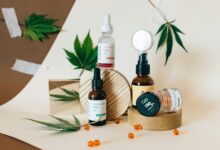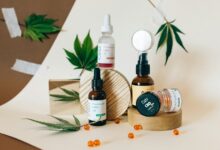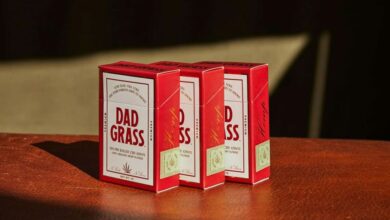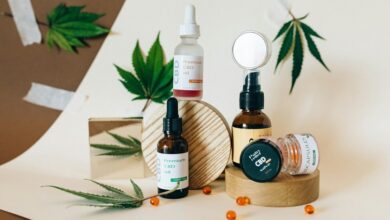Cbd Show up on Drug Test
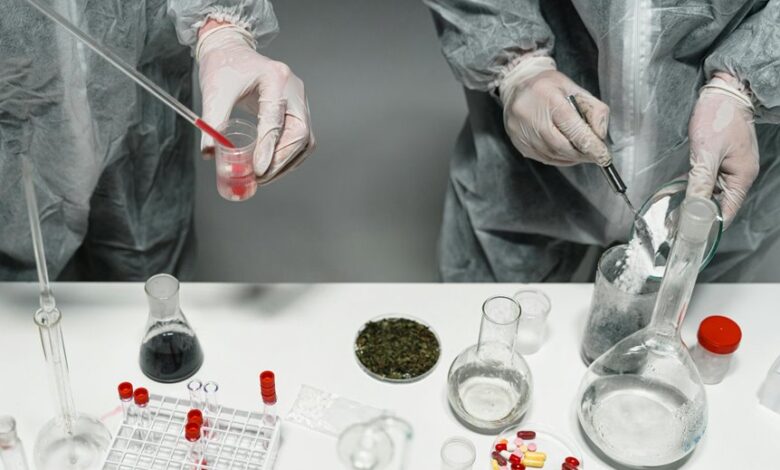
The relationship between CBD and drug tests is often misunderstood. While CBD itself is not typically detected, many products contain trace amounts of THC. This can lead to unexpected results on drug tests, particularly if the test is highly sensitive. Understanding the nuances of CBD and its composition is crucial for those concerned about potential repercussions. What should individuals consider when choosing CBD products to minimize risk?
Understanding CBD and THC: Key Differences
Cannabidiol (CBD) and tetrahydrocannabinol (THC) are two prominent cannabinoids found in the cannabis plant, each with distinct properties and effects.
CBD benefits include potential relief from anxiety and inflammation, while THC effects can produce psychoactive experiences and euphoria.
Understanding these differences is crucial for individuals seeking to harness the therapeutic properties of cannabis while navigating the implications for personal freedom and legal considerations.
How Drug Tests Work: Types and Detection Methods
Understanding the differences between CBD and THC is important, especially when considering how drug tests operate.
Drug testing mechanisms vary, with urine, blood, and hair tests being common methods. Each test has distinct detection windows, influencing how long substances remain identifiable.
THC is often the focus in these tests, while CBD, depending on its source, may or may not trigger a positive result.
Factors Influencing Drug Test Results
While the primary focus of drug tests is often on THC, several factors can influence the results, particularly when CBD is involved.
Individual CBD consumption habits, including dosage and frequency, play a significant role, as does the sensitivity of the drug test utilized.
Tests with higher sensitivity may detect trace amounts of THC, leading to potential false positives in users of CBD products.
Tips for Using CBD Safely in a Drug-Tested Environment
When navigating a drug-tested environment, individuals should prioritize caution while using CBD products to minimize the risk of testing positive for THC.
They should select broad-spectrum or isolate options, which contain no THC. Adhering to a low CBD dosage can further reduce exposure.
Safe consumption practices, such as verifying third-party lab results, ensure quality and help maintain compliance with testing protocols.
Conclusion
In conclusion, while CBD itself is unlikely to show up on drug tests, the presence of trace THC in some products poses a risk for users. To mitigate this, individuals should choose broad-spectrum or isolate CBD options that are third-party tested to ensure minimal THC levels. By being informed and cautious, users can enjoy the benefits of CBD without the worry of unexpected drug test results. Prioritizing quality and transparency is essential for safe consumption.

